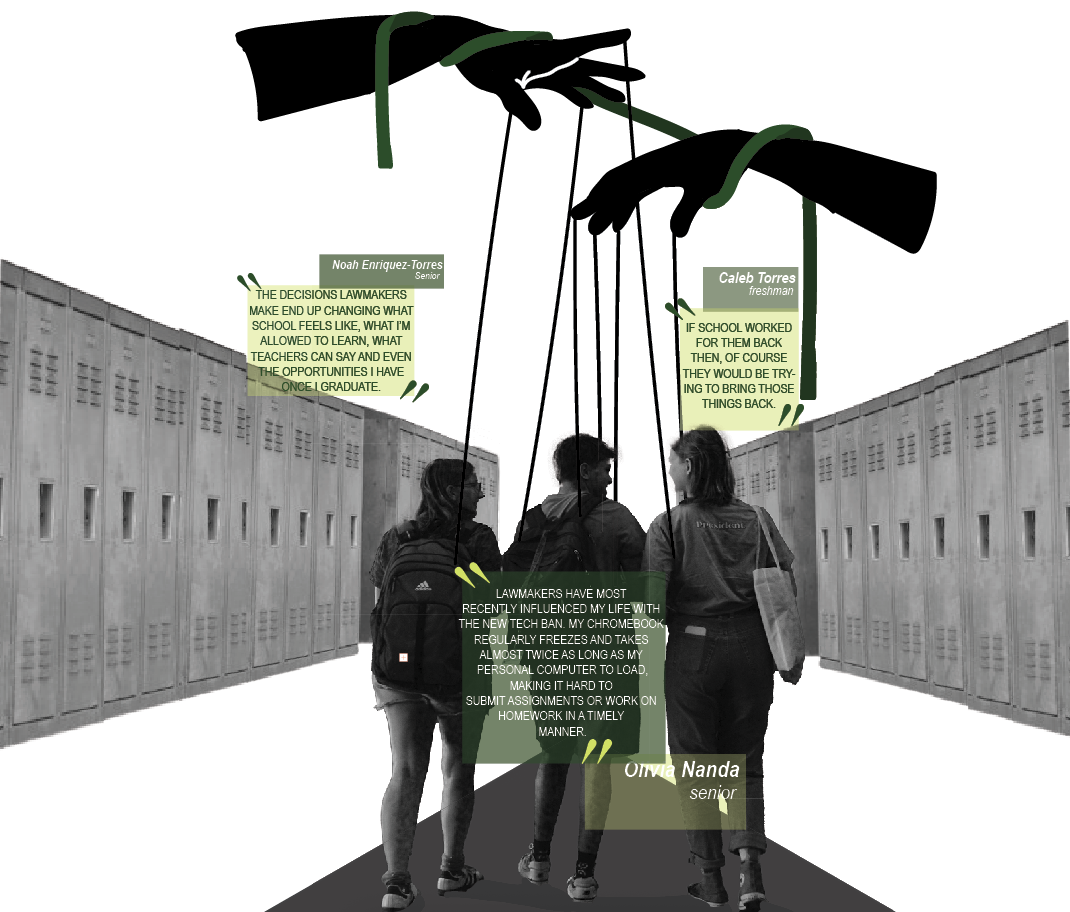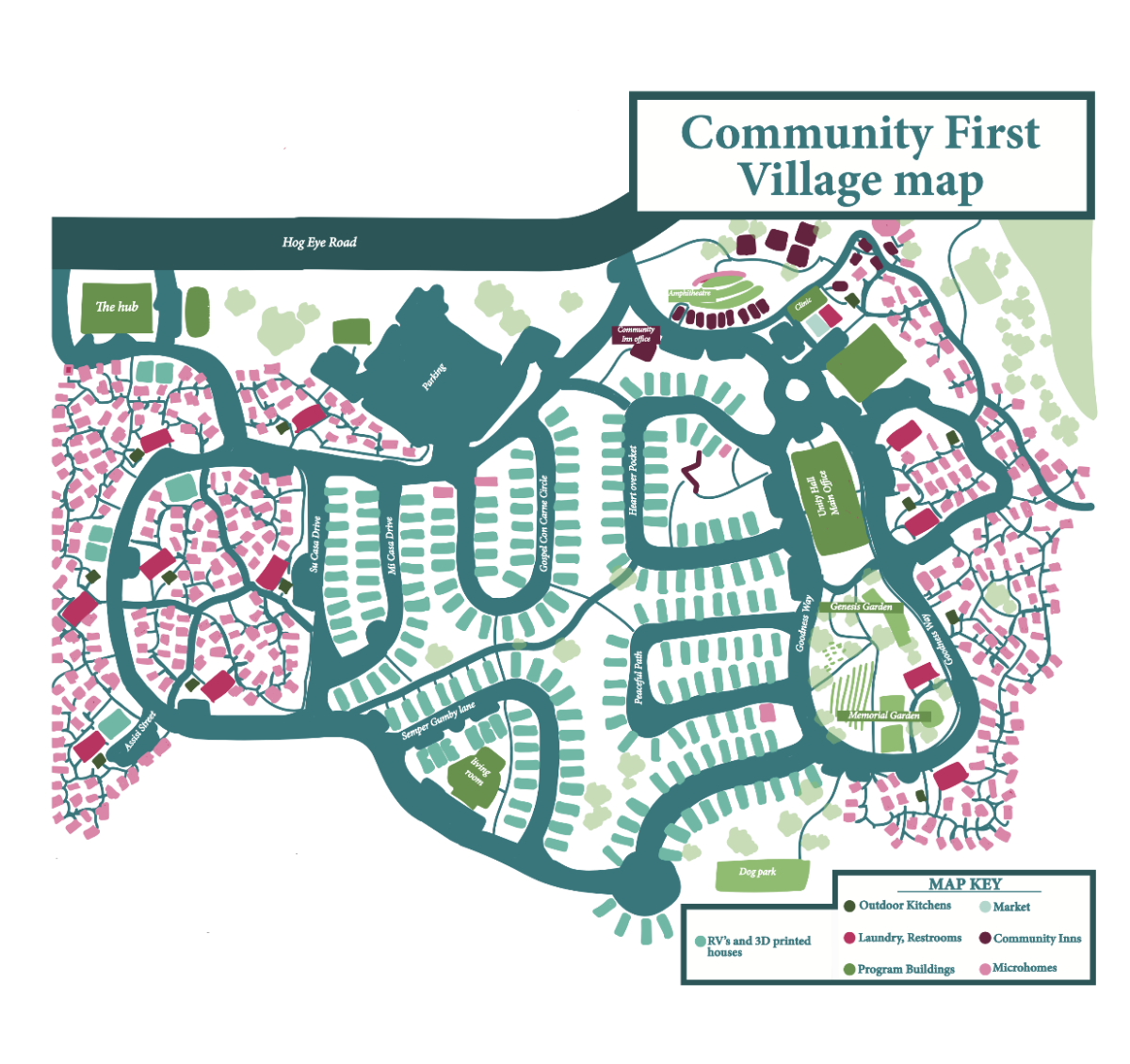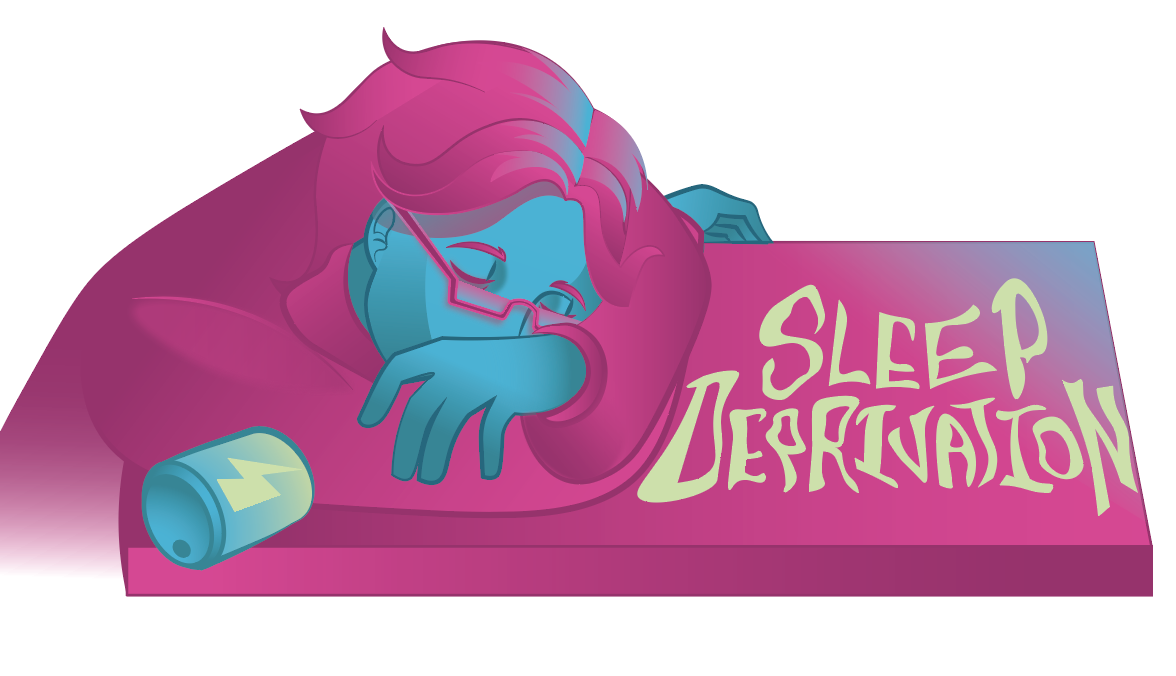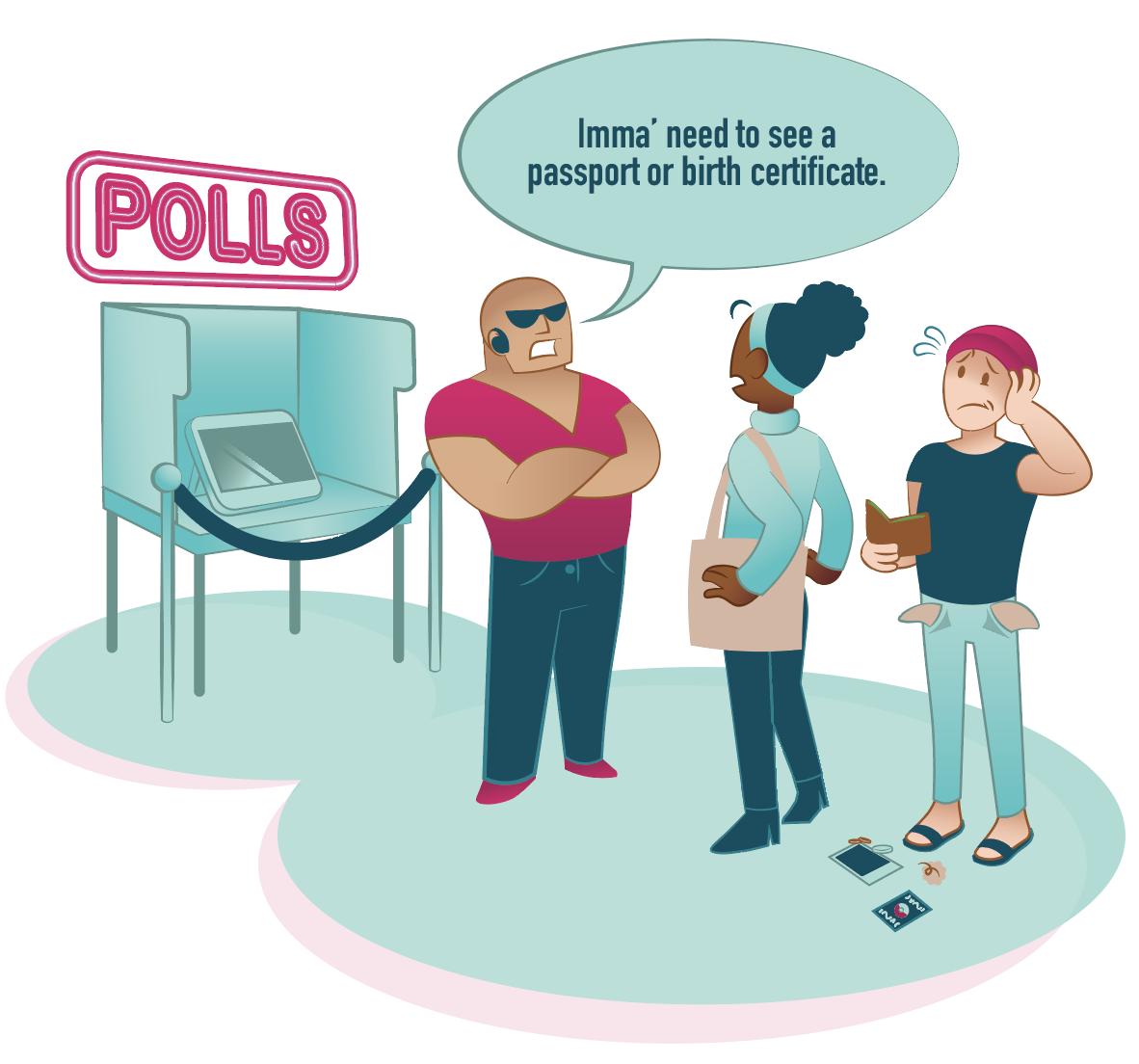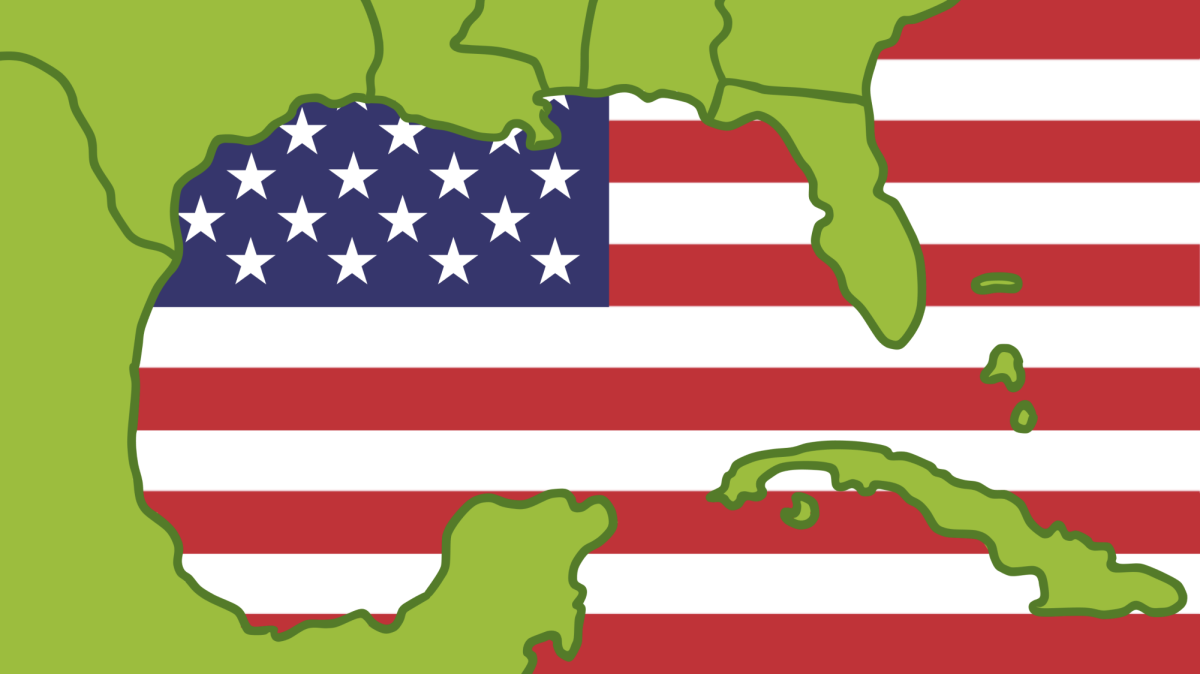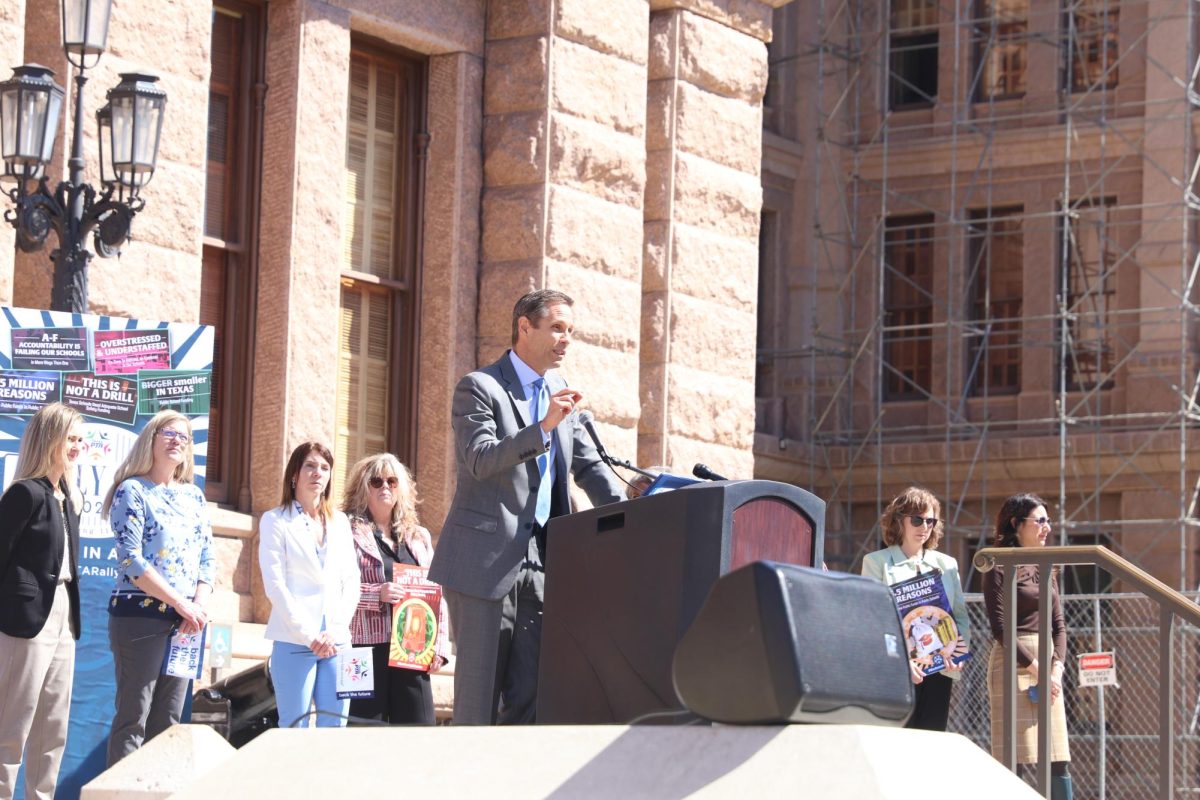From the Vote to the White House

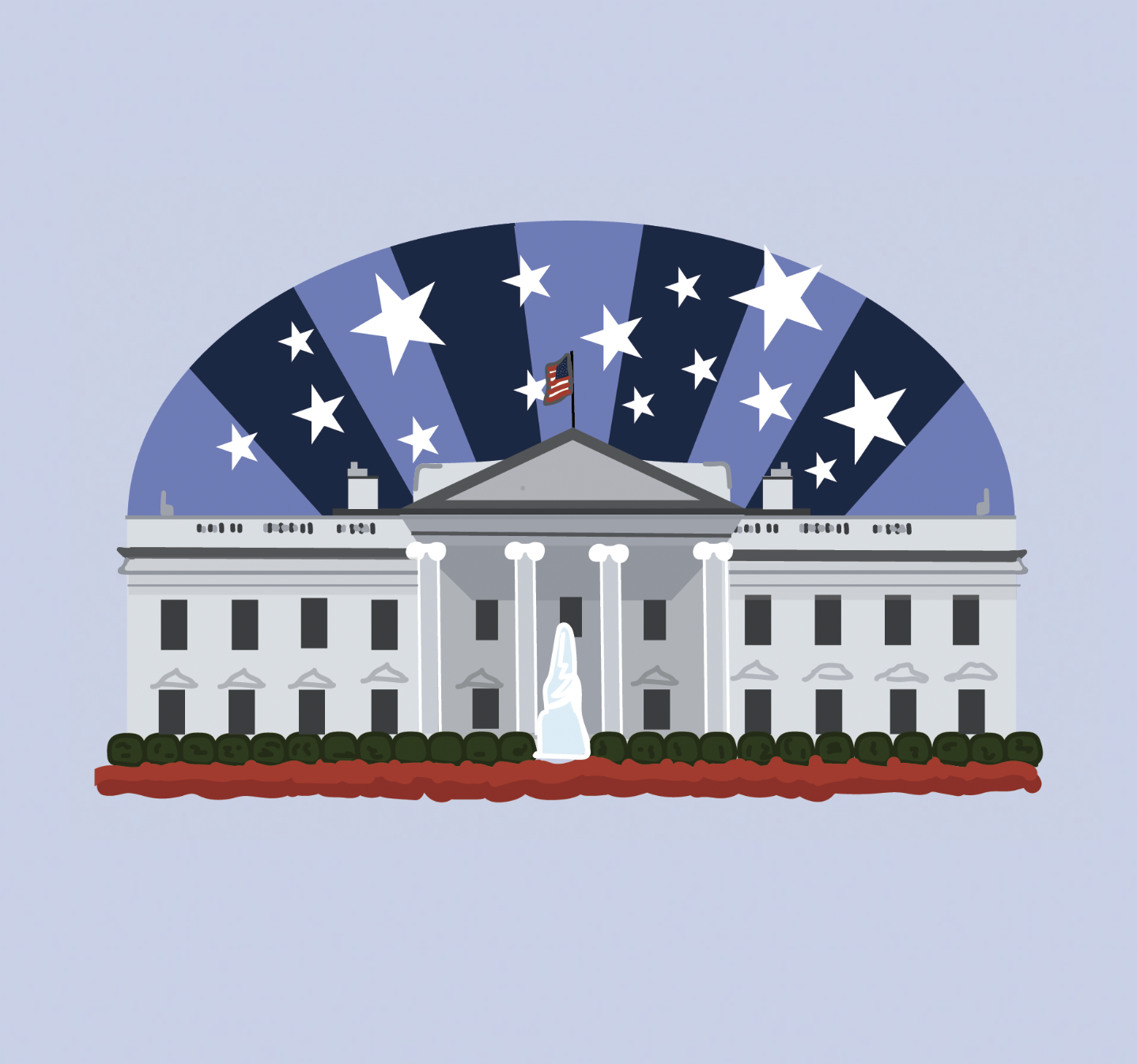
It’s November 5, and families all over America sit in front of the television and flip the channel to their trusted news program. A fast-speaking news anchor stands in front of a screen pointing and updating viewers of real-time results. Red and blue flash across the screen, as Americans get closer and closer to finding out who will run their country for the next four years.
There’s a lot more going on behind the scenes, though. From the moment an American citizen casts their primary election ballot, the American election system works to transform each vote into a result that brings a president into the White House for a new term.
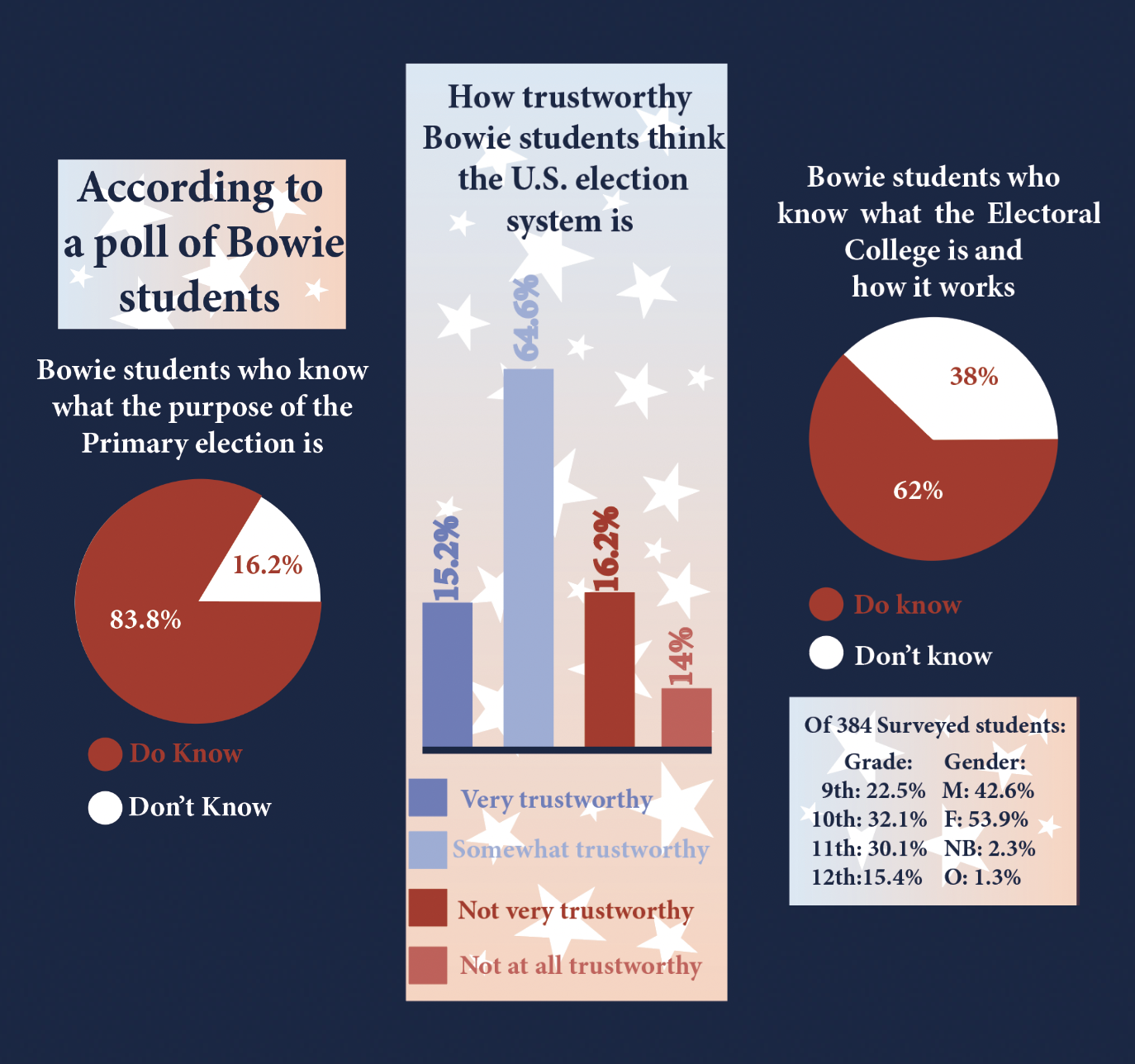
Prior to the general elections, is the primary election, where each political party chooses its final candidate within that party. In the months following, in between the primaries, and the general election, candidates from each party have the opportunity to prove why they should be the United States’ next president.
“Everybody in this country has their own opinions, has their own morals and their own values, and they are able to connect that to someone that they think can support them in the best way possible,” senior Jayden White said. “So, maybe it’s not 100% aligned with your values, but someone who you think would fairly represent what you want to see.”
Then, after candidates have had time to advertise themselves to the American people, registered voters will cast their vote in the general election. Voters can choose to get a head start in early voting during late October, or to vote on Election Day. [
“It should be important to vote for everyone because, it’s the state of the country in your hands, it’s in everyone’s hands,” senior Adelaide Mossel said. “People who don’t vote kind of have the idea that it doesn’t matter. Imagine if everyone had that idea.”
Each vote is counted and tallied to calculate the candidate that has the majority in each state. Although the eventual winner of the presidential election is based on the Electoral College, the popular vote calculated in the general election decides where those Electoral College votes go.
“I absolutely think every single person’s vote counts, because they all go into this system,” White said. “If one person thinks they don’t have to vote, then that might affect the mindset of a lot of other people, and then we might not get a fair representation of exactly what this country wants.”

After ballots are counted and verified, each state will almost always have a winning candidate within that state, typically one that is Democratic or Republican. According to the result of the popular vote within a state, that state will cast an established number of votes in what is called the Electoral College. Typically, the party that wins the state selects electors that will cast the state’s electoral votes when the time comes.
“The Electoral College System, counts votes by state, and it’s a winner take all system,” Government and Economics teacher Ruth Narvaiz said. “So, whoever wins a state, regardless of how much, gets all of that state’s electoral votes. The number of electoral votes are assigned based on the size of your state’s population.”
The Electoral College was originally established in 1787 as a means for compromise between officials who believed Congress should elect a president and those who believed the popular vote should decide the president. Since the first Constitutional Convention, when this system was established, the size of the United States population has increased to 100 times what it was at the time. Because of this, the ease and accuracy at which the government can calculate the popular vote has changed.
“The way a country runs, versus like a club at school, is totally different because of the size,” Denman said. “Instead of a representative democracy, it’s more of a direct democracy, because if there’s only 25 people, there’s not enough of a group situation to split off like the Electoral College.”
Many people in America often debate whether the Electoral College is an effective and accurate way to elect our president. Many against it claim that the popular vote would be accurate to what the people of our country want. In elections like the one between Kamala Harris and Donald Trump, where votes in many states are predicted to yield very close results, a candidate may end up winning the Electoral College but not the popular vote.
“I think that going by majority vote might actually work better,” White said. “Because I think that we could end up with some unfair representation if a state has people who would vote one way in the Electoral College and more people who would vote another way that actually aren’t an accurate representation of what people are voting throughout the entire country.”
An argument made by those who support the Electoral College system is that it provides influential representation for smaller rural areas. This is because states with large populations typically have big cities and people argue that those states shouldn’t have more representation just because of their size. The Electoral College allows rural areas to have more representation.
“I personally don’t really like the idea of the Electoral College, but I know that it is helpful in states with smaller, or more rural populations,” Denman said. “So, I understand, in practice, that the Electoral College is important, but I think that there could be a situation where the country could run effectively without it.”
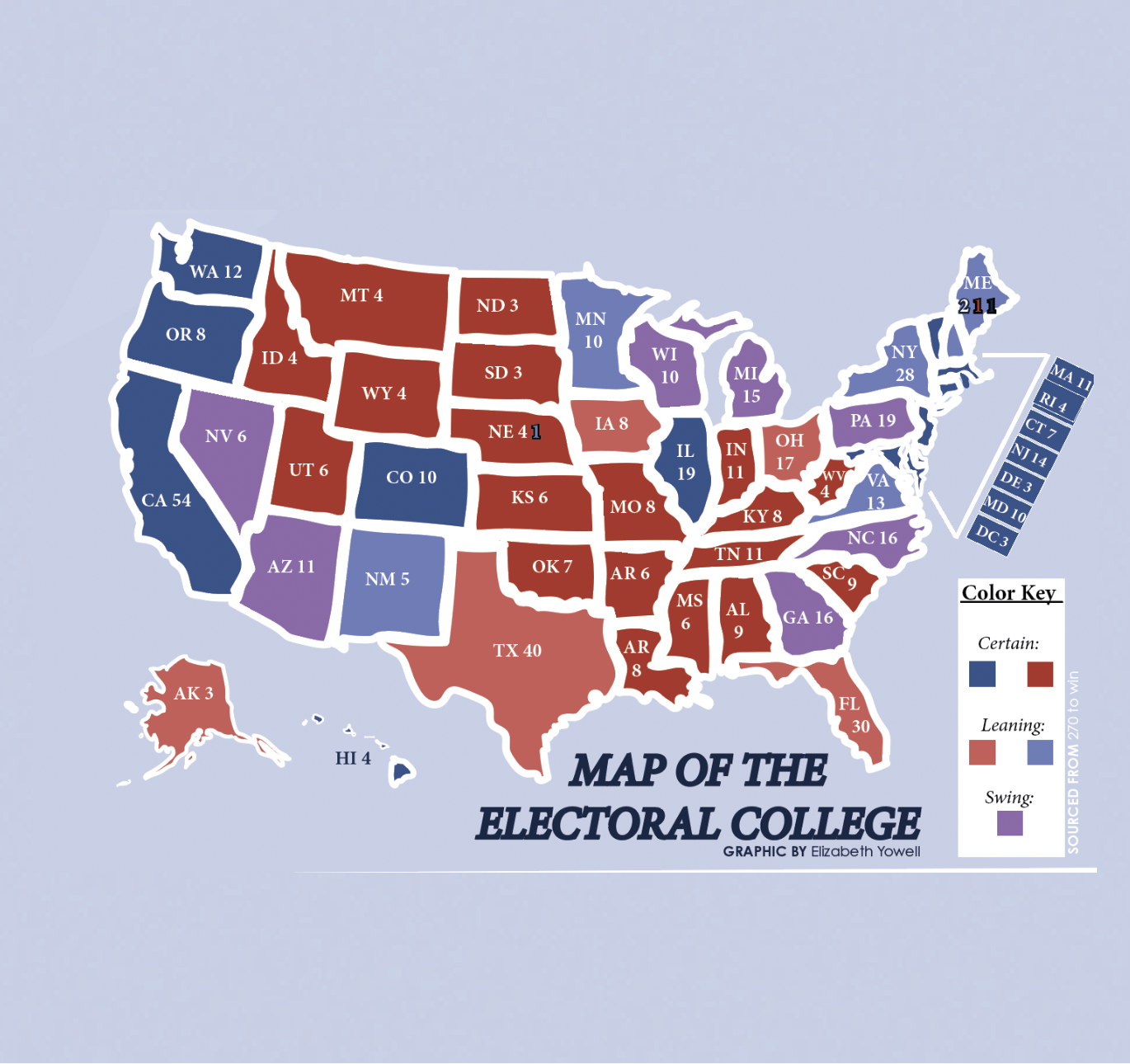
One reason the Electoral College causes controversy among American citizens is because of swing states. Swing states are states in which it is hard to predict the winning candidate of the state until the votes are actually counted. The concept of a ‘swing state’ is based on the two party system, a system of government that is dominated by the Republican and Democratic parties.
“So, right now, the election is going to come down to seven states, and those are the swing states that have the most Electoral College votes up for grabs,” Social Studies teacher Dalton Pool said. “For example, here in Texas, 55% of Texans could vote for Trump and 45% could vote for Harris, but whoever wins the majority gets all 40 of our Electoral College votes, which can skew the outcome of the popular vote versus the Electoral College.”
In swing states with a large number of electoral votes, presidential candidates focus efforts on those states rather than states that are certain to have their electoral votes allocated to a party from the beginning.
“It may do away with the emphasis on the swing state if it were a popular vote,” Narvaiz said. “For example, in Pennsylvania, I think they have 19 electoral votes, but they are swing states. Some years they are red, some years they are blue. So, that’s where everybody’s campaigning because the winner takes all the system. You want those 19 votes.”
Swing states create conversation about the accuracy of the Electoral College because of the reality in large population swing states. For example, in this year’s election, states like Pennsylvania, Michigan, and North Caroline are all swing states with a significant number of electoral votes. It is predicted that these states could lean either way, meaning their votes could be incredibly close, but whoever gets that possible 1% ends up getting every electoral vote.
“We pretty much know how every other state is going to vote at this point, which is frustrating to a lot of people,” Pool said. “It doesn’t feel like a national decision. It feels like a swing state decision.”
This concept of a swing state is based on the two party system because it describes whether the state leans to the Democratic or Republican candidate. In addition, whichever of those two parties the state’s candidate ends up being, all the state’s electoral votes go to that party. Meaning smaller parties like the Green Party or Libertarian Party, almost never receive any electoral votes.
“I think the way that our political parties have been set up, like the Libertarian Party, the Green Party, other parties besides Democrat and Republican, have kind of been shoved to the side,” Denman said. “People think that the way that our Electoral College system has been set up, If you vote for those other parties, it almost feels like your votes are being erased.”
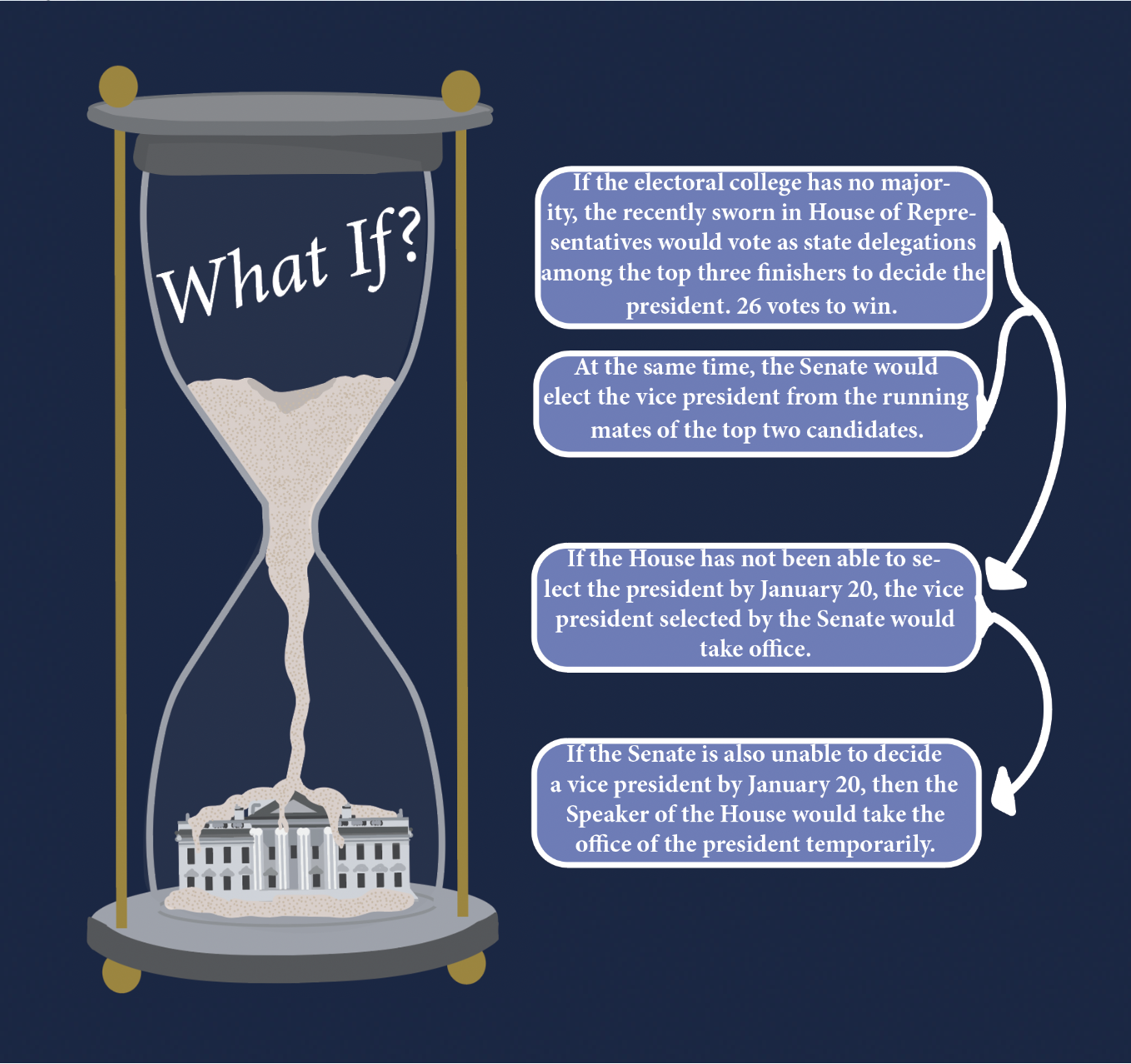
Although early voting takes place in late October, November 5 is when many Americans will cast their vote. November 5, or what we refer to as ‘election day’ is the last day registered voters can cast their ballot. While final votes are counted, news outlets all around America provide real time coverage of how results are progressing.
“What has traditionally happened in the U.S. is media outlets go to polling places all over the U.S. and throughout the states that they know are going to be competitive, and they conduct these exit polls,” Pool said. “Exit polling data has proven to be very accurate, because you’re literally asking people that come out of the polling locations, how did you vote?….The early votes usually get calculated pretty quickly, and as more and more results come in, just based on statistics and math, you can make a call as to which way the state’s going to vote.”
At the end of the night American citizens usually know who the new elected president is. However, sometimes it is still undecided by the morning of November 6, like in 2020. This situation can cause a lot of discomfort among the American people.
“As certain candidates have challenged results in the past, that’s caused these media organizations to lose trust with the American public,” Pool said.
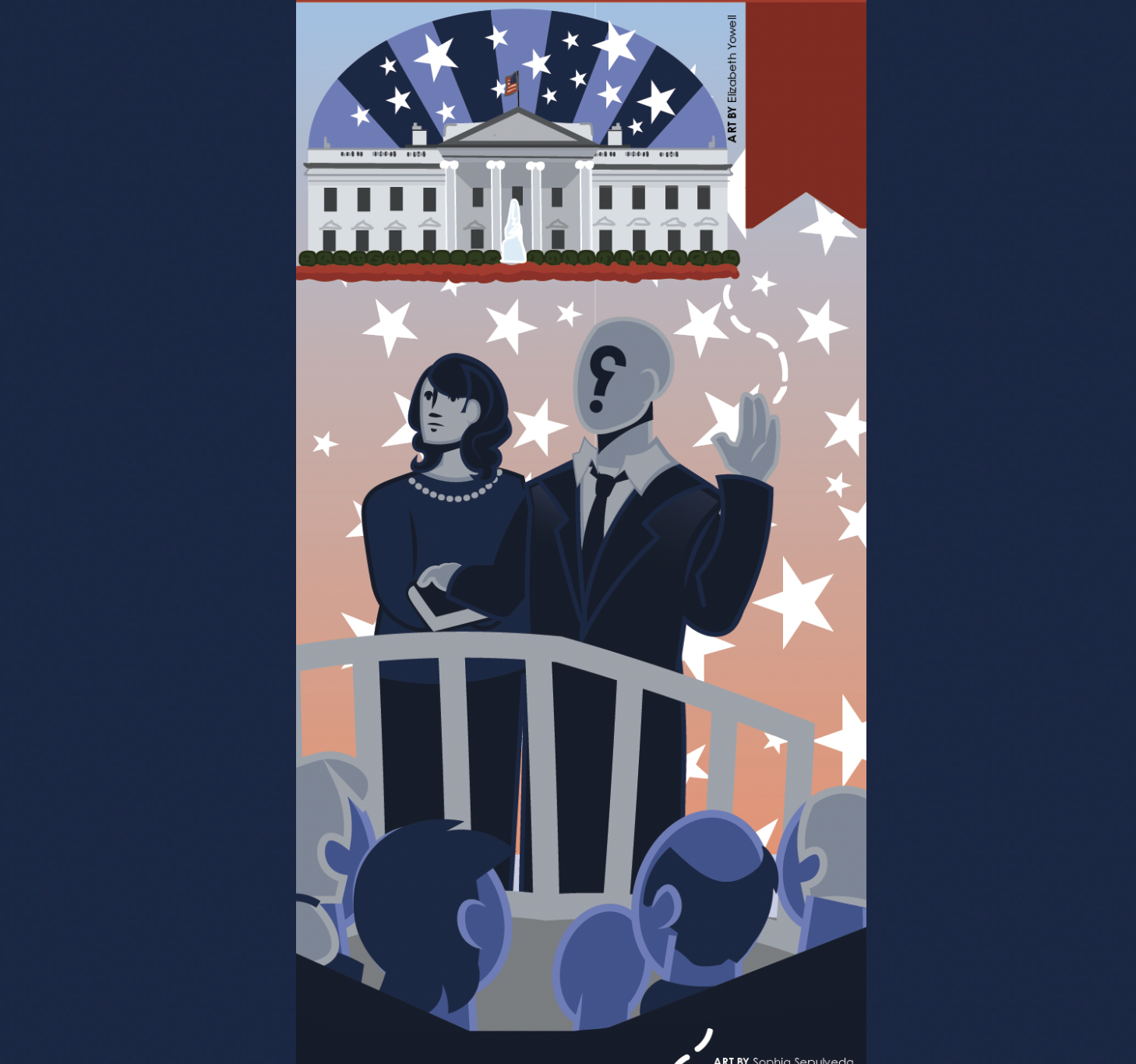
When the House of Representatives verifies the Electoral College votes, and the President-Elect is announced, preparations for transferring the power between the outgoing and soon-to-be President are immediately initiated. Inauguration Day, which takes place on January 20, the newly elected President is sworn into office, and gives the inaugural address, pledging change to the citizens they will serve for the next four years.
“I mean, a big responsibility of the president is just to keep the country safe, because their responsibility is to do things when the country needs them,” Denman said. “The president’s kind of the big guy in the chair.”
Many Americans vote in hope of changes that a candidate advertises and policies they claim they intend to enact. Once a president is elected, though, it takes a while for them to make change. Because of the separation of powers in the United States, the president’s ability to put a campaign plan in act involves more than just their intention.
“Some candidates have, In the process of a campaign, actually written down a platform plan,” Narvaiz said. “But to make it happen, once they get elected, they have to work with Congress, because Congress allocates the money.”
Although a ‘peaceful transfer of power’ is a concept that has been expected of presidents since the first election, disputes over election results in recent years have caused tension during the process of the transfer. Because the election is just as close this year, and includes a former president who didn’t attend their successors inauguration, many worry how peaceful this election’s transfer will be.
“A peaceful transfer of power is 100% necessary,” Mossel said. “I think the popularity of social media, and people being online, has largely ruined that, or made it a lot harder for people to transfer president. I can’t imagine what they would do if a woman is elected president, but I truly hope that it stays peaceful.”
Your donation will support the student journalists of James Bowie High School. Your contribution will help cover our annual website hosting costs. Any contributions made through this service are NOT tax deductible. If you would like to make a tax deductible donation OR to subscribe to our print edition, please contact us at [email protected].


